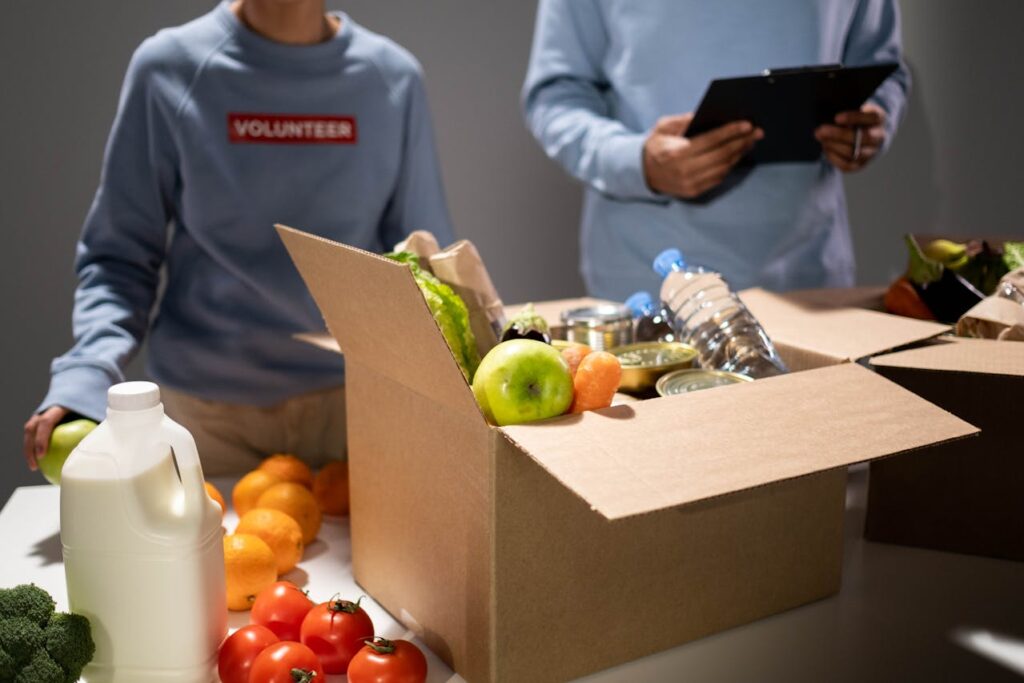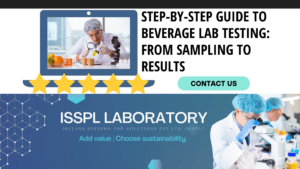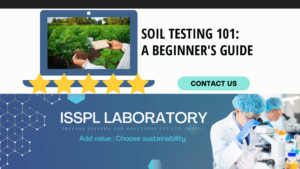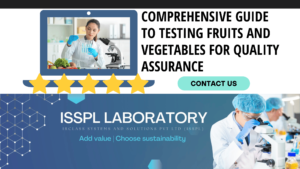An Overview by Team ISSPL - Analytical Testing Laboratory in India
ToggleFood packages have an integral role in determining food safety. One needs to focus on food-grade testing to ensure 100% consumer safety and industrial awareness. It is the process of checking the food packaging for various characteristics. It includes safety and quality.
Food packaging helps keep edible items safe from contamination. It also helps protect the food from damage, ensuring optimal food quality. It includes flavor, smell, and texture. Food package testing is a critical step that helps ensure optimal safety. Food packaging testing techniques are dynamic.
It includes chemical and physical tests. All these are vital to ensure that the food packaging materials are ideal for the food. There are a few norms that need to be maintained to ensure maximized safety.
Many companies in the food and beverage industry leverage food packaging testing solutions to explore innovative packaging materials and high-grade packaging designs.
Assuring consumer safety – Why does it matter?
Any material coming into contact with food needs maximized protection. Testing the food packaging material is integral to avoid the unwanted mix-up of chemicals from the packaging to the food. The unwanted chemical migration can influence the consumption process.
It may introduce heavy metals and toxic chemicals into the digestion system of the consumer. Also, it ruins the food. It is vital to ensure durable and safe packaging that is not prone to unwanted food leaks. Withstanding the physical damage is also part of the safety measures.
Do you know why? Because it keeps contaminants like bacteria away from the food. All these are paramount to keep consumers safe. Effective and safe packaging prevents the chances of food spoilage. One needs to maintain comprehensive packaging safety to stop consumers from eating spoiled food.
Make the essential changes and follow the best food package testing practices to safeguard consumers. Different kinds and grades of packaging materials are ideal for preserving the freshness of foods. Effective food packaging safeguards the food against different types of physical damage. Hence, the role of package testing goes beyond the traditional requirements.
Compliance and safety – The integral link
Food package testing and safety drills are integral for compliance requirements. The food package testing techniques must meet the norms of international and domestic food safety regulations. With so many food packaging testing methods, one must review and recognize the best solution designed to ensure compliance with the dynamic safety requirements. Food packaging is also effective in creating a unique brand image. Hence, the testing steps help maintain the quality of the food, a crucial aspect of developing brand image.
Chemical testing for food packages
Chemical food packaging testing techniques focus on the complex chemical structure of the packaging material. The testing steps help examine the chemical composition of the packaging material. It checks whether the material affects the packaged food. Any material in contact with food must need to pass the quality check norms of chemical testing to avoid adverse reactions.
- Migration testing – Migration is an integral process through which the chemicals get transferred from the food packaging to the food. The migration of toxic chemicals inside the food can adversely impact human health. It also increases the risks of high exposure to toxic contaminants. Migration testing in food packaging reviews the quantity of chemical substances transferred from the packaging material to the food. The test results are vital to protect consumers from exposure to harmful chemicals.
- Substance testing – Restricted substances in the food package can ruin the food quality and impact the safety index. The testing steps help identify the presence of unwanted and restricted substances in food packaging. The testing focuses on the substances restricted by international regulations. Substance testing reviews the chemical composition of the packaging. It prioritizes the rate of transfer of chemicals to food. Substances restricted in food packaging can be – BPA, lead, and heavy metals.
Ensure compatibility with testing
Apart from the various chemical testing techniques, compatibility testing is an integral part. It is essential to assess and analyze the compatibility of the packaging material with the edible product inside the package. The compatibility testing is ideal to ensure that the materials would not interact adversely to impact product safety or quality. The testing mechanism reviews the following –
- It checks if the packaging and food can undergo adverse chemical reactions
- It checks if the package can efficiently protect the food from damages
It is a comprehensive process. During compatibility testing, the packaging gets exposed to a range of temperatures. The dynamic testing techniques help assess reactions to the different conditions that can impact the food.
Physical testing techniques – Know them rightly
Physical tests for food package material serve more than one purpose. For instance – One can depend on the results of functional testing to determine the packing efficiency with food safety. It may include sticking a straw inside a perforated opening in a beverage carton.
The test result checks the strength of the package. Packaging functionality also boosts customer satisfaction to the next level, facilitating brand performance. The comprehensive steps of food package material testing promote the abidance of adequate safety measures. The popular physical tests for the quality determination of packaging materials are –
- Edge Crush Test or ECT
- Bursting Strength Test or BCT
- Puncture Resistance Test or PCT
- Compression Testing
- Food Packaging Seal Integrity Testing
- Reduced Pressure Tests
Ensure optimal food safety with package testing.
The aim of analytical testing of food package products is simplistic. It works towards the objective of packaging safety. Chemical and physical tests are the best solution providers to safeguard the food contents inside the package. It helps arrest the contamination of the food from microbiological, chemical, physical, and atmospheric toxic elements.
All these help preserve food and consumer health with maximized brand assurance. Food grade and quality packaging are interlinked. The steps for food package testing help prevent adverse impacts on the sensory properties or composition of food while packing them for shipment. Package testing is paramount for promoting food safety, boosting shelf-life, and enhancing food security to the next level.
Rely on the efficient testing solutions offered by IRCLASS Systems and Solutions Pvt Ltd (ISSPL) laboratory. Get accurate results to determine the best safety assurance.
Photo by cottonbro studio:







